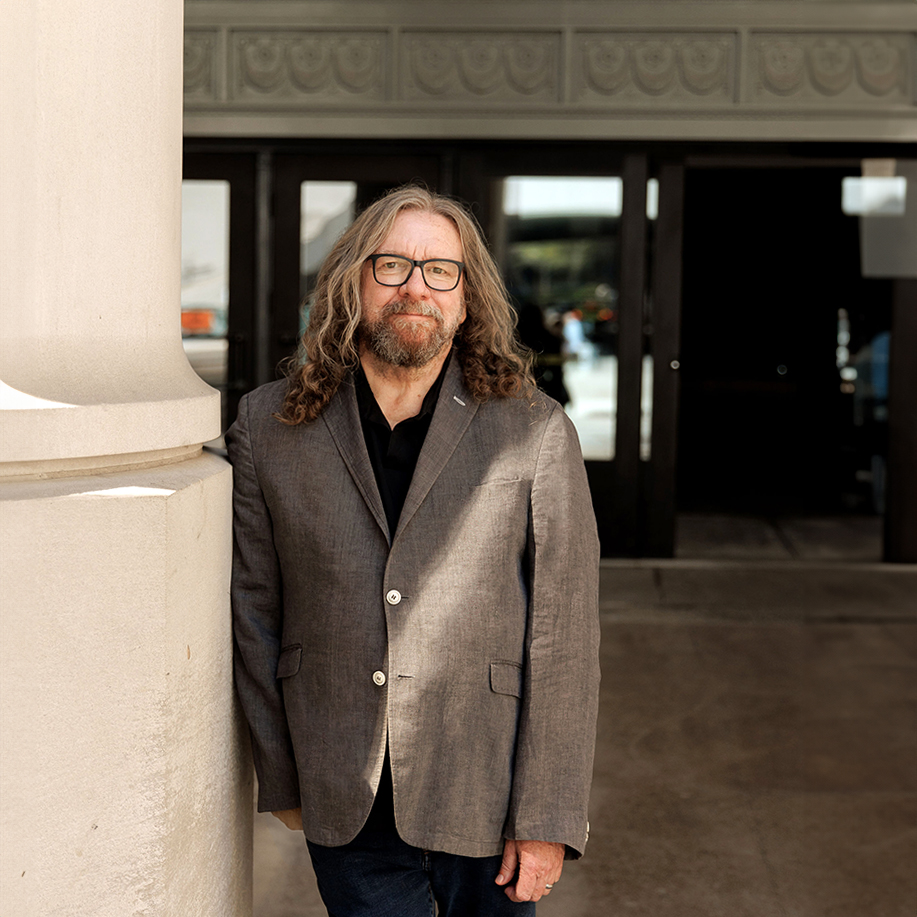About Dr. Ellard

Colin Ellard has worked as a cognitive neuroscientist for more than three decades and is one of the world’s foremost experts in the application of psychology and neuroscience to architectural and urban design. He has contributed to both the scientific realm as the author of peer-reviewed technical articles and the public realm as an author of two books and a speaker at major international events.
Colin is a much sought-after keynote speaker at corporate events, planning and architecture conferences, and other events aimed at general audiences. He has served as a consultant to a range of types and sizes of organizations, including governmental agencies, museums, NGOs, architectural firms and urban design teams. Colin can serve as a knowledge broker, translating research from his field into design practice. He also designs bespoke experiments to inform design decisions using both psychological and biometric tools.

Press
Joyful Architecture, VML, August 6 2024
City-dwellers are prone to depression – Are high-rises to blame?, The Guardian, March 16, 2017
Boring architecture is starving your brain, WIRED, June 25 2024
What Trump’s messy office reveals about his leadership style, January 26 2017
How space, place, and clutter impact our mood, KCRW, February 19 2022
Working from home has its perks, but good workspaces move us to great accomplishments, The Globe & Mail, August 18, 2023
Vivre dans une ville laide est mauvais pour la santé, Slate, 4 janvier 2025

